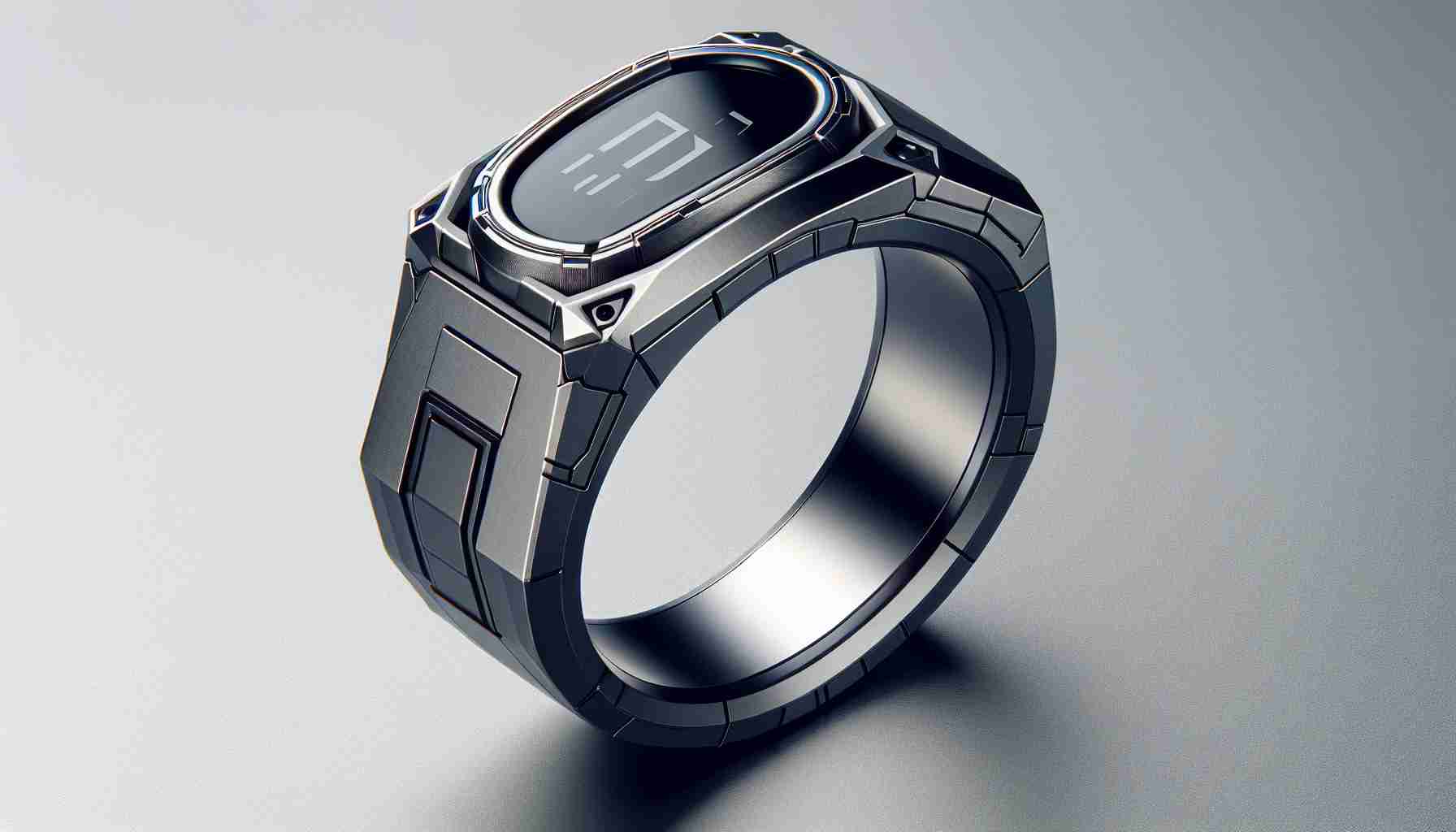In today’s digital age, smartphones have become an inseparable part of our lives. With their omnipresence, the question arises: can these gadgets contribute to cancer risk? This topic has sparked extensive research and debate over the years.
Cell phones emit radiofrequency radiation (RF), a type of non-ionizing electromagnetic radiation. This is different from ionizing radiation, like X-rays, which are known to increase cancer risk. The concern primarily stems from RF’s ability to be absorbed by tissues closest to where the phone is held.
The American Cancer Society points out that while RF waves from cell phones are not strong enough to cause direct DNA damage like ionizing radiation can, the long-term effects are still under study. Large organizations, including the World Health Organization (WHO), have classified RF fields as “possibly carcinogenic to humans,” based on an increased risk of glioma, a type of brain cancer, with heavy phone use. However, they note that evidence is limited and not conclusive.
Numerous studies have been conducted, but results remain mixed. Some research suggests a slight increase in certain types of tumors, while other studies find no significant link. It’s important to acknowledge that cell phone technology and usage patterns evolve rapidly, often outpacing research capabilities.
In conclusion, while there is no definitive answer, it’s prudent to take precautionary measures. This includes using hands-free devices or texting instead of calling directly from your mobile phone. As scientific research progresses, more definitive answers may emerge regarding the long-term health effects of cellphone usage.
Shocking Truth: Do Smartphones Secretly Pose a Danger to Your Health?
The ongoing debate about smartphones and their potential link to cancer risk unveils some intriguing insights and controversies. Although smartphones are indispensable in modern life, the question of whether they contribute to cancer remains unresolved and continues to prompt research, innovation, and concern.
Progress in Research and Technology: While the controversy persists, technology is rapidly advancing. Innovations like 5G promise faster and more efficient telecommunications, but they also introduce new complexities regarding radiofrequency radiation. The millimeter-wave frequencies used in 5G networks are a new territory for both technology and health studies, leaving room for speculation and concern.
Shifts in Health Recommendations: Interestingly, some health agencies stress the importance of precautionary measures despite inconclusive evidence. This includes maintaining a safe distance from devices, encouraging rules for tech use in schools, and promoting awareness about limiting exposure, particularly among young people who are prolific users of technology.
Are Our Devices Safe? The assumption that non-ionizing radiation is entirely harmless is now under scrutiny. Although no direct causation has been shown between smartphone use and cancer, experts urge for intensified research. Monitoring of long-term health data and technological assessments continues to be a priority.
The Real Dilemma: Can cell phones cause cancer? While definitive answers are elusive, the ongoing dialogue helps fuel technological innovation towards safer devices. Emerging research must tackle the challenge of quickly adapting to the fast-paced evolution of technology.
For more information and updates on this topic, you may visit the American Cancer Society website. They provide current research insights and health guidelines.






















